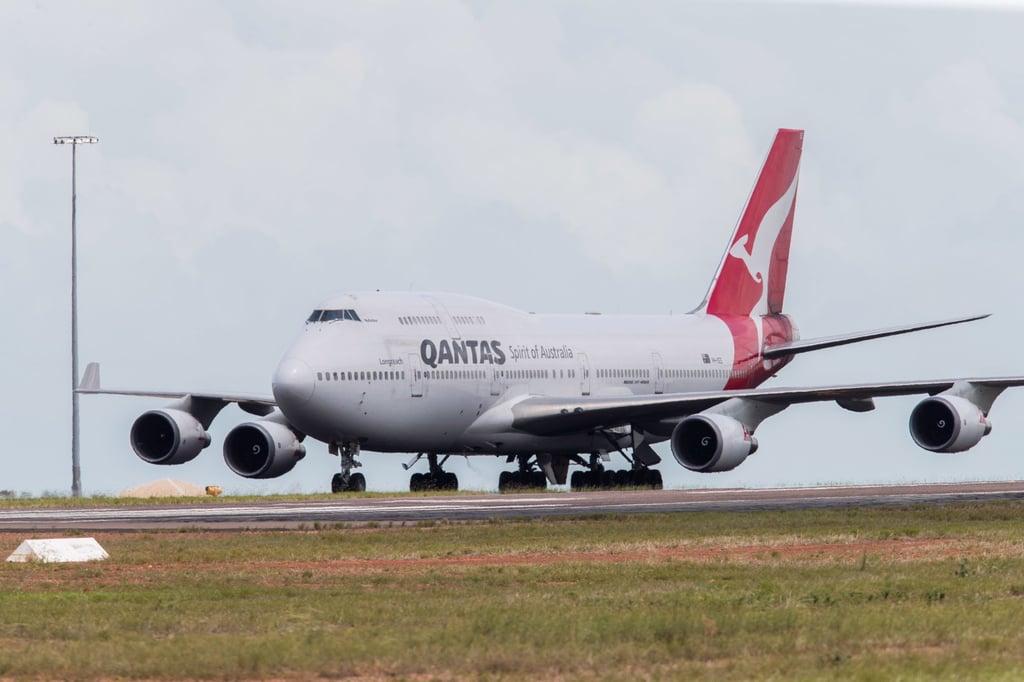In Australia, planes left to land, take-off on their own amid staffing crisis
- Pilots say landing without direction from a control tower removes an important layer of security and increases the risk of collisions

There are currently no overnight air traffic control services at Darwin, a northern gateway for carriers including Qantas Airways Ltd. and Virgin Australia. Schedules show that at around midnight almost every day, more than a dozen flights have to arrive or depart with almost no guidance from the ground.
On Australia’s northeast coast, the airport at Townsville – a popular jumping off point for the Great Barrier Reef – doesn’t staff its control tower at weekends. Almost 50 commercial services have to coordinate their own landings or take-offs on Sundays alone.
The labour crisis on the ground is adding risk in the air during the post-Covid travel boom, with flight crews taking on the task of distancing their planes from other air traffic – a responsibility that ordinarily lies with air traffic controllers. Pilots say landing without direction from a tower removes an important layer of security at a critical period of the flight.
Concerned crews are blowing the whistle after a surge in passenger traffic. Airlines have scheduled 866 flights into Darwin this month, the most this year, up from a Covid-era low of 171 in May 2020, according to Cirium data. Runway construction work at the airport that restricts plane movements is making landing and taking off without help even more complicated, pilots say.

In a statement, the Civil Aviation Safety Authority said it’s “satisfied that the arrangements between 10pm and 6am are safe for the anticipated traffic mix” at Darwin. The regulator said it’s working with the defence department, which is responsible for air traffic control at Darwin, to “support a return to the previous service levels.” The defence department didn’t respond to a request for comment.